Types of pumps
- Submersible pump
- Surface pump
- Wastewater pump
- Circulator pump
- Swimming pool pump
- Pressure booster pump
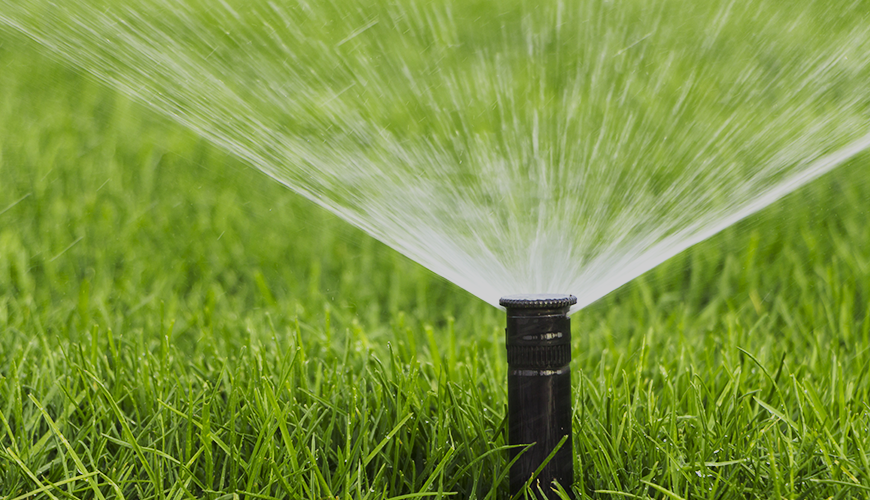
Skip to content | Go to the main menu | Go to search
Don't have an account? Registration
The pump is used to transport water. It will help you, whether you need to supply the family house with water from a well or borehole, or you need to irrigate the garden with water from a stream or drain a flooded basement.
It is important to choose the right type of pump for the intended application in order to achieve the desired result. Each pump is designed for a different type of pumping. With a clean water pump, you will not be able to pump faeces out of the sump, and a pump suitable for water with abrasives will not have optimal properties for pumping clean water into the house. To obtain the ideal hydraulic properties (flow rate and delivery height) of the pump and at the same time excellent energy efficiency, it is necessary to choose the right type and according to the technical parameters the right pump.

For irrigation, you can choose a submersible or surface pump at the source of water from a well/borehole or tank. If you want to use pond or river water, use a wastewater drainage pump.
→
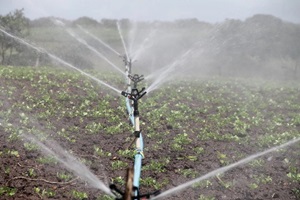
For supplying the family house with drinking water, choose a submersible or surface pump with a pressure tank. Both the pump and the pressure tank must have a drinking water attestation.

For pumping water out of the flooded basement, you will use a wastewater pump. Depending on how polluted the water is, you choose the right type of wastewater pump.
→

In a septic tank or sump, you can use a sewage pump. The pump can then cope with coarse dirt thanks to the cutting device.
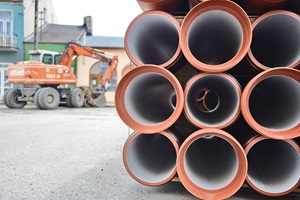
The submersible pump can be used for almost all applications. It is suitable for pumping clean or slightly polluted water and is completely or at least partially immersed in water when using it.
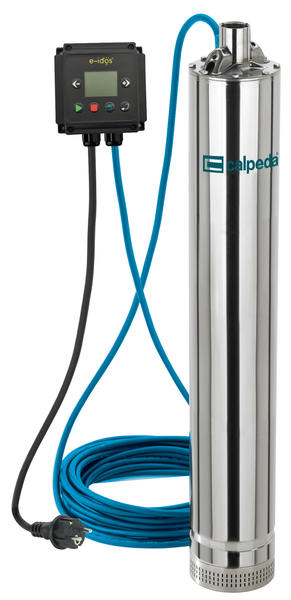
For pumping water from a depth of up to 9 m we can use Surface pump. They are suitable for pumping clean or slightly polluted water. And as the name implies, the surface pump is not immersed in water, but is located on the surface. Its design is not so complicated and therefore it can be purchased at a lower price than submersible types of the same power.
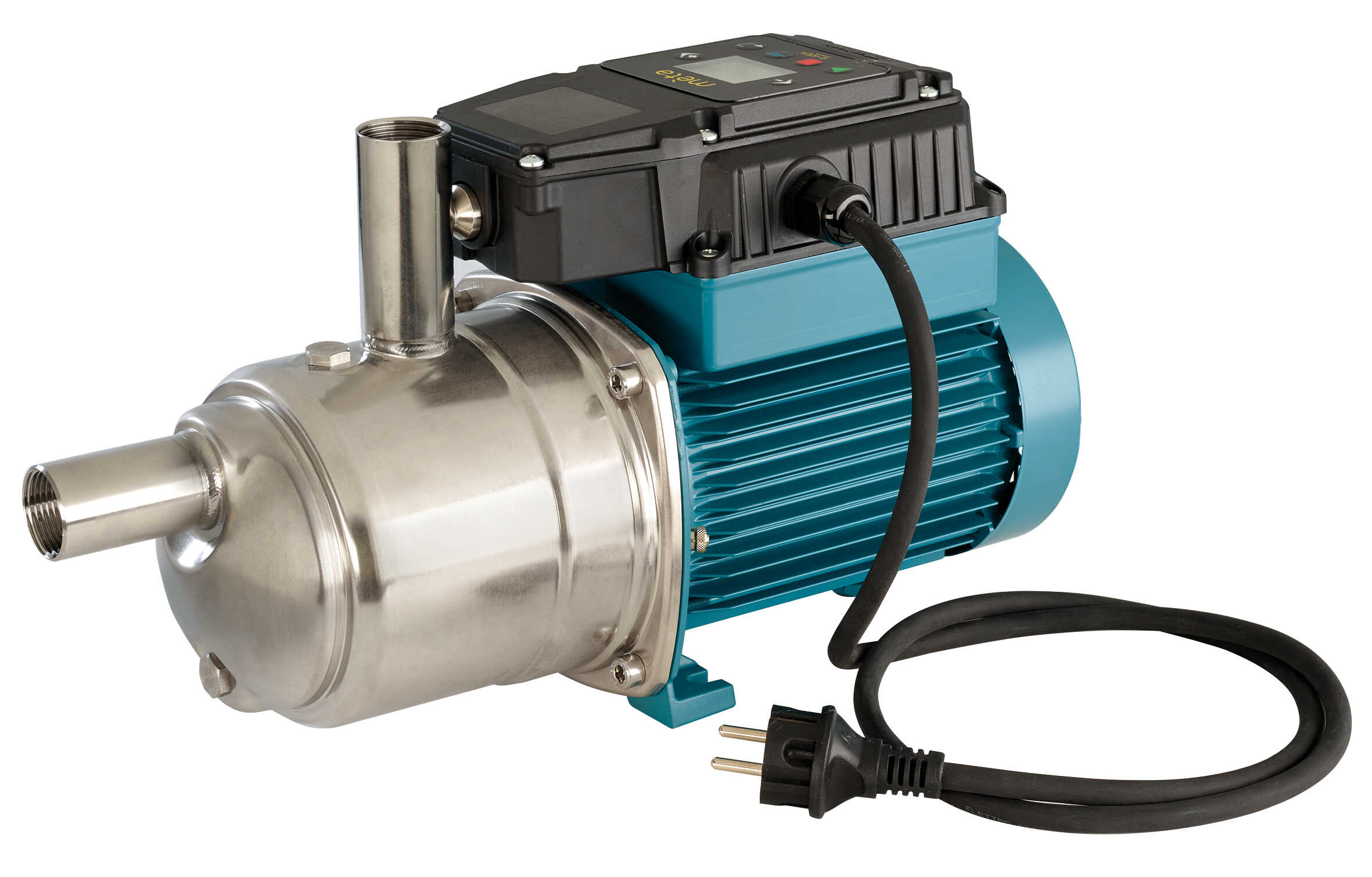
Wastewater pumps are used to pump liquids containing various impurities, sludge and faeces.
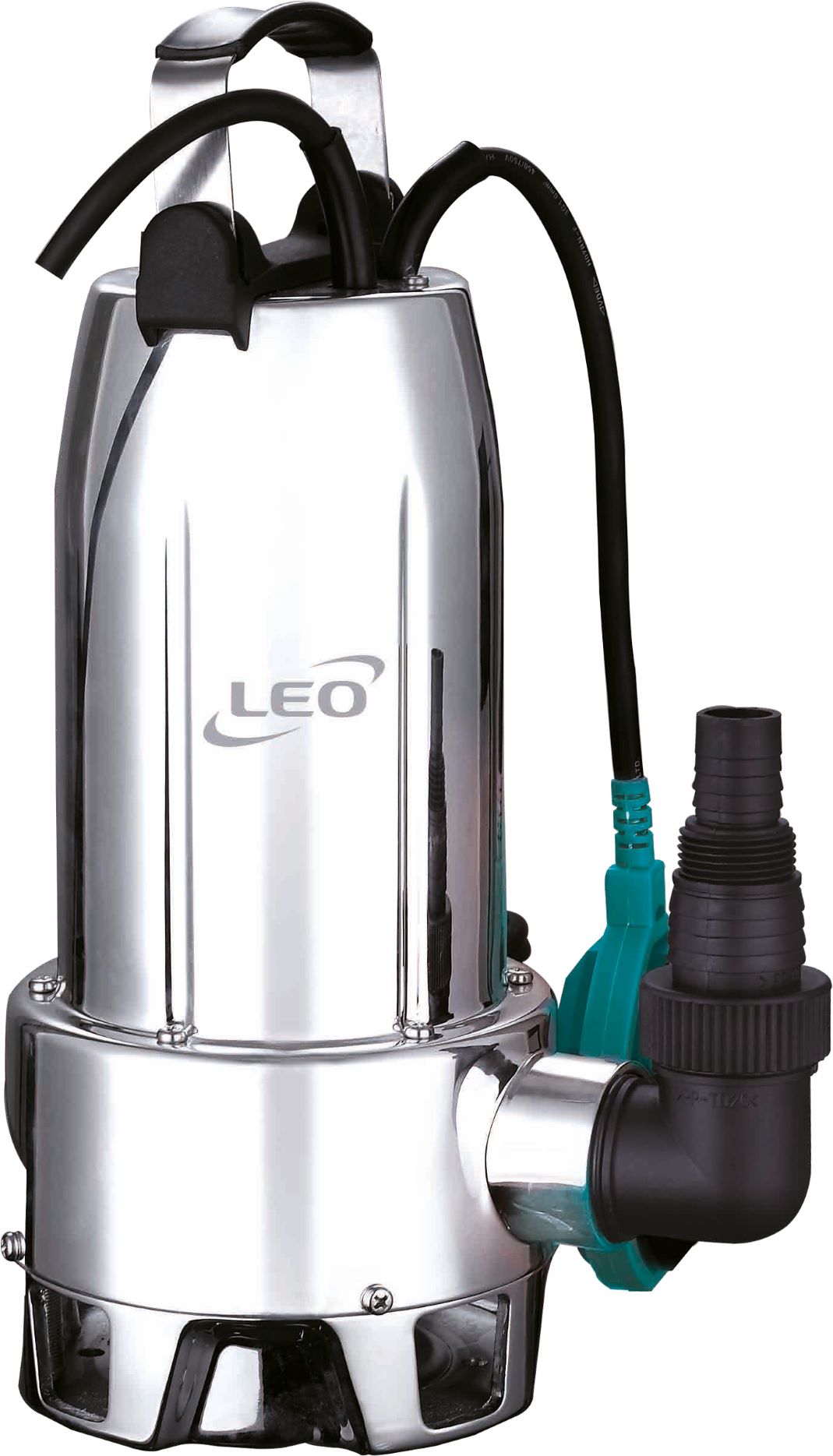
Circulator pumps are used for heating interiors, in air conditioning systems or for circulating hot water. They are used especially in winter, when the heating is switched on.
The highest quality pumps must meet high demands on service life, noiseless and trouble-free operation, reliability and, above all, economy, i.e., low electricity consumption.
Leading suppliers of circulation pumps are:
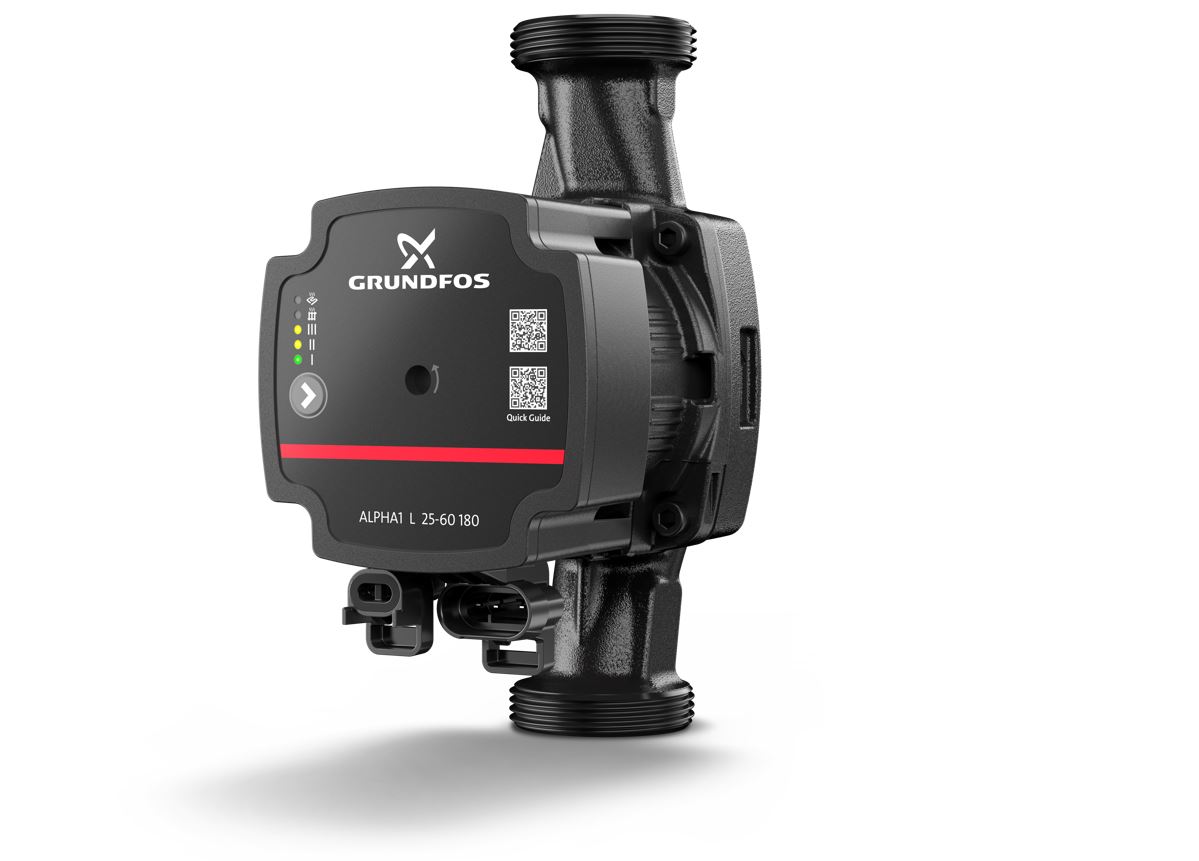
A swimming pool pump is essential for any larger or smaller pool. Its performance and quality of execution directly affect the consumption of chemicals and the overall purity of water.
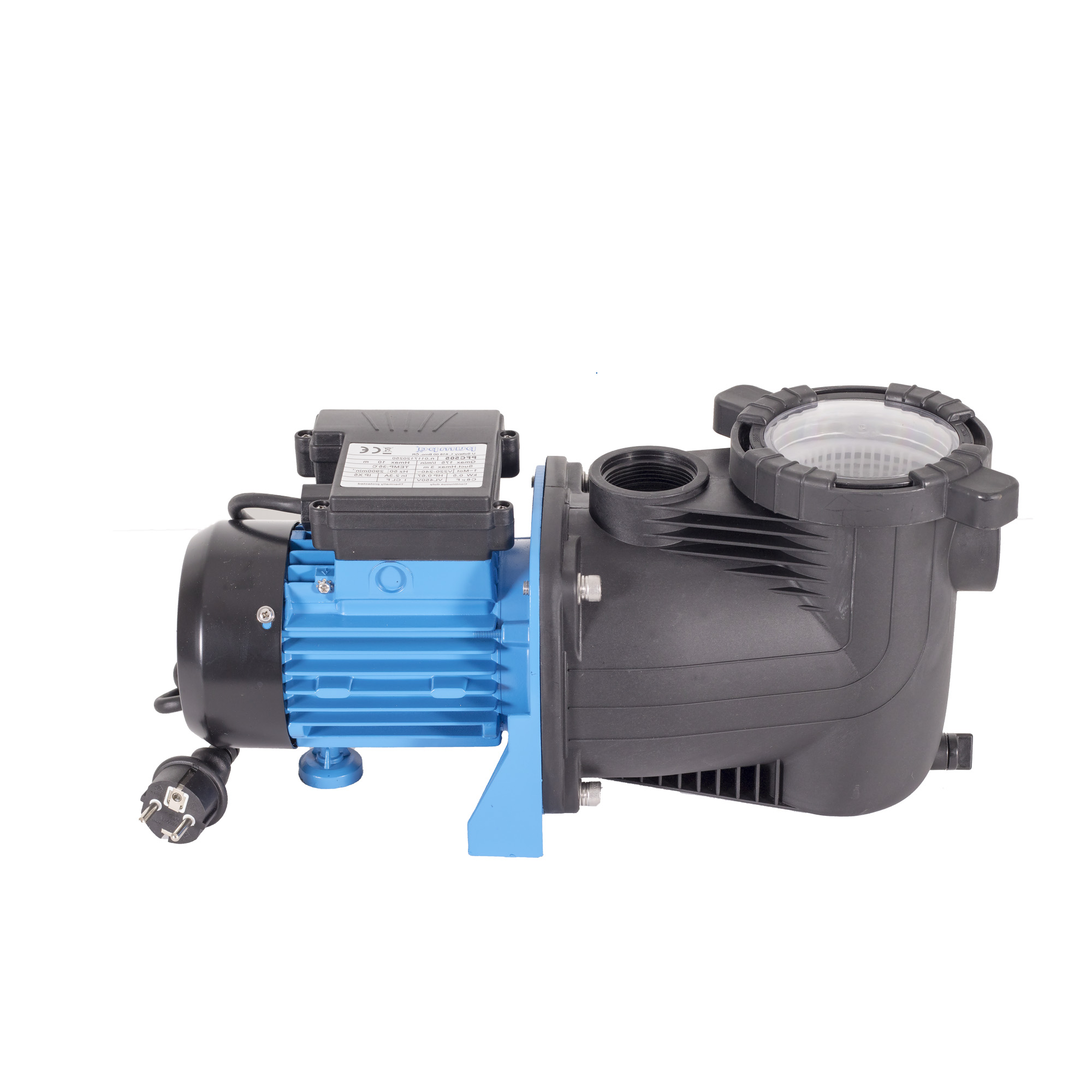
Pressure booster pump is a device that we use to supply buildings with drinking or service water from a well or borehole. Depending on how far away the water source is, what your consumption is and whether you require constant pressure, you choose its type.
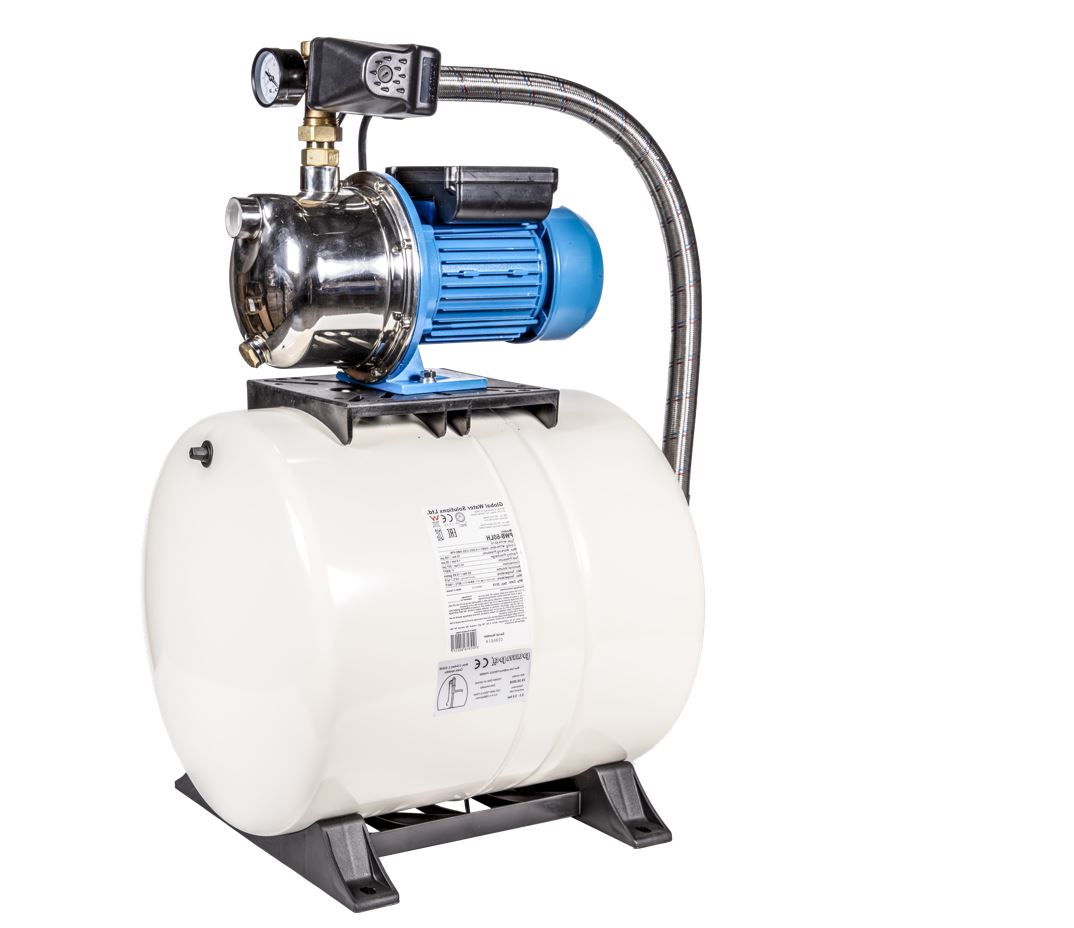
If you are still not sure which pump is the most suitable for you and your application, use one of our inquiry forms and our expert advisors will send you customized offer.
In order for the pump to meet your needs, it is necessary that its technical parameters, especially hydraulic ones, are optimally selected. Below you will find an overview of the most used parameters that will help you to properly size your pump.
It is also important to mention that maximum flow or head values are often used, but the maximum flow value is at zero (no) head and the maximum value of head is at zero (no) flow. At these maximum values, the pump will never be able to work. It is always necessary to find the so-called working point of the pump when the ideal value of the flow and head for which the pump was made.
The pump flow rate indicates how much the pump can pump fluids over a given period of time, most often you will encounter m3/hour or l/min. Manufacturers indicate the maximum flow rate, that is, the value that can be achieved at zero head. In normal operation, due to head and pressure losses, the pump flow rate will be lower. The higher the head, the lower the flow rate and vice versa. For garden irrigation, you can do with flows up to 2 m3 / hour, for the supply of drinking water to the household using a home waterworks or with the simultaneous use of water in the house and garden, the output should be over 3 m³ / hour with sufficient pressure. In case you are looking for a solution for an irrigation system with several outlets, high pump performance is a must to ensure sufficient pressure and water supply at all outlets at the same time.
After determining the flow, it is necessary to take into account from what depth and distance you will pump the water and not forget about the length of the supply pipe. This parameter represents the conveying height or pump head . Add up all the heights from the water source to the outlet and add a loss of 1 m in height for every 10 m of pipe length. If you want to supply water to a family house, it is necessary to add the required pressure – 1 bar = 10 meters of altitude. As a rule, one model type of pump offers several variants, which often differ in the required head.
Fig. Example of hydraulic curve of pumps Pump AD. Dealer is looking for a pump with such a curve on which your desired power is located at a given head.
Cheaper pumps are often limited by a depth of immersion of max. 20 m. With some pumps you will not even find this value. The deeper the drilled well, the more important this parameter is. A deep well pump with a maximum immersion depth of 20 meters will not prove you much use with a borehole with a depth of 30 meters.
You will certainly be interested in the energy consumption for your chosen pump. A high-quality deep-sea pump with a flow rate of over 3 m3/h and an output of 0.37 kW can be purchased at the same or lower prices as a pump with an output of more than 1 kW.
The width of your well is a given, so adjust the size of the pump. The most common are 3" and 4" pumps for boreholes with a diameter of 100 mm or more. Similarly, models are available for wells with a higher content of sand in the water, etc. When choosing the size of the pump, it is also necessary to ensure sufficient space in the borehole in the so-called ring and prevent clogging of the borehole with rhinestone or other dirt.